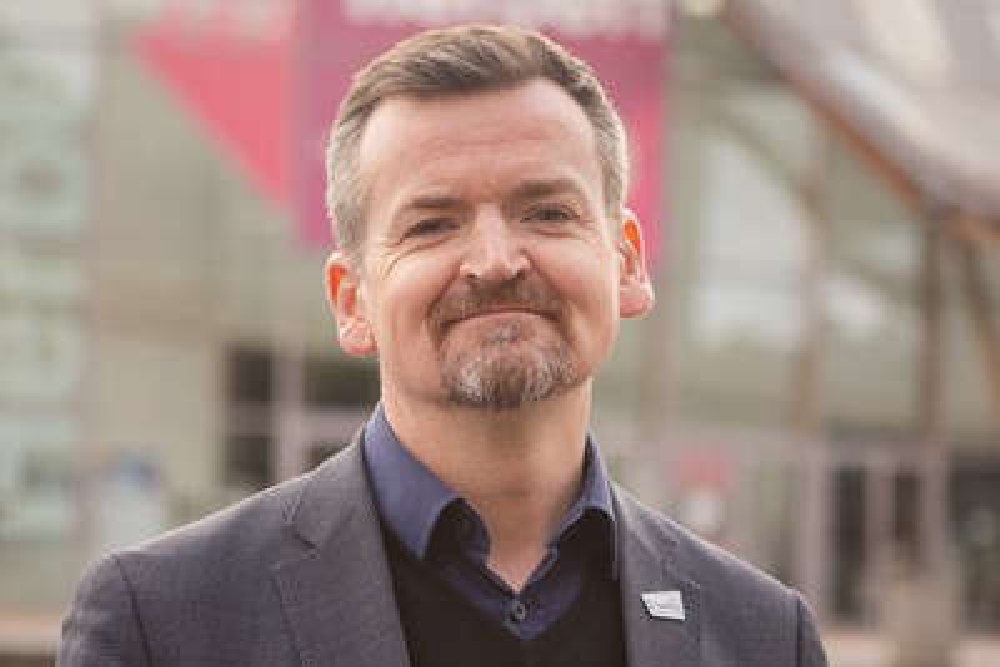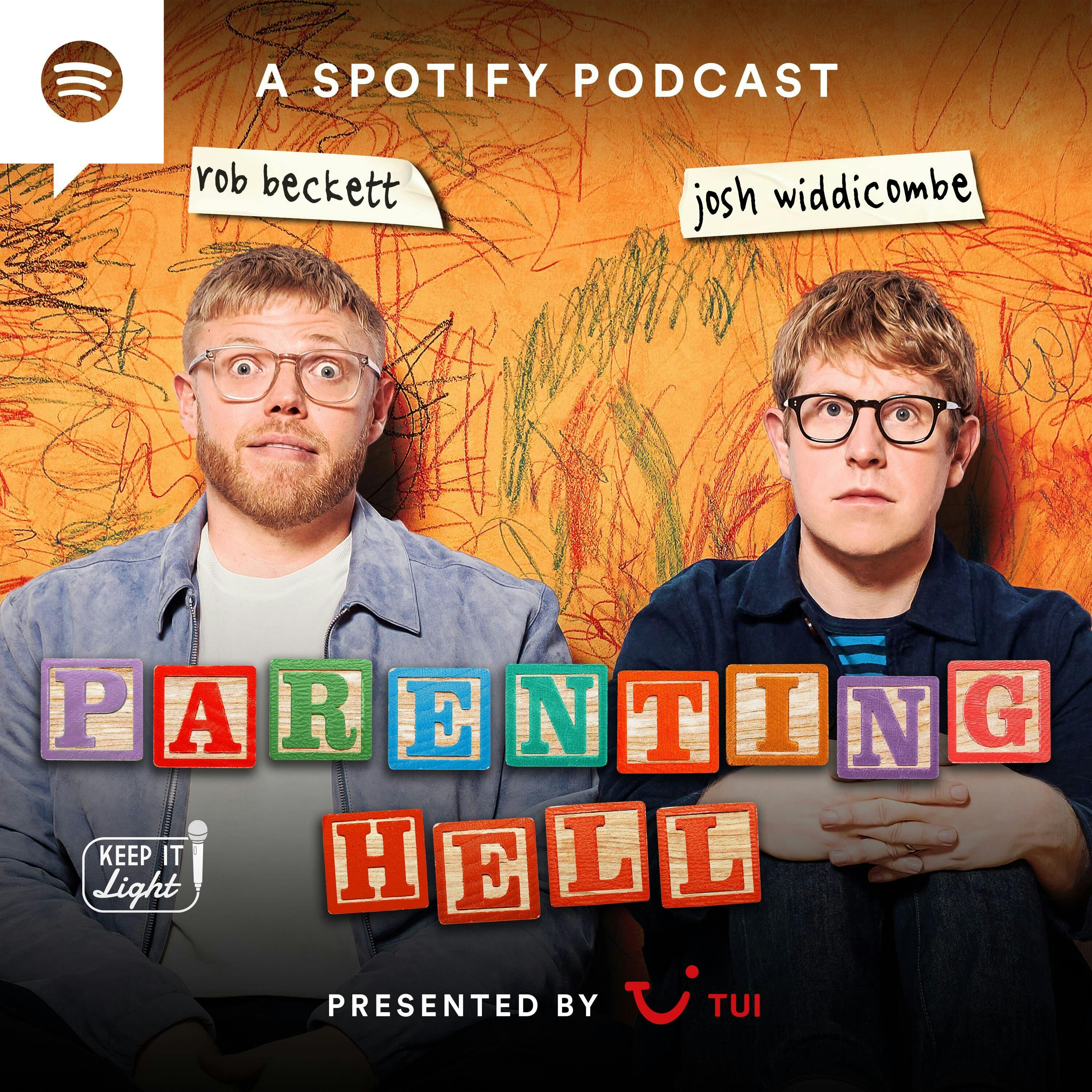
As the region’s £1.1 billion cultural sector begins its recovery from the pandemic, the first ever interactive map of the local arts scene has been developed to help organisations access information to guide their planning and attract investment.
The map was co-commissioned by the West Midlands Combined Authority, along with two pieces of research to help those working in the cultural sector rebuild and boost creative organisations.
With Coventry UK City of Culture 2021 launched in May and the start of the Birmingham 2022 Commonwealth Games cultural programme less than a year away, 2021 is a key moment for the West Midlands arts and cultural sector. The map will help the sector plan for investment and future growth, raise the profile of the region and its cultural and creative sector, and create new partnerships and collaborations.
The West Midlands Combined Authority partnered with key stakeholders in the region including Birmingham 2022 Commonwealth Games, Coventry City of Culture Trust, Birmingham City Council, West Midlands Growth Company, GBS LEP, Culture Central, Arts Council England and Department for Culture, Media & Sport to produce the work, highlighting the value of the arts and cultural sector in the region.
The WMCA is the largest regional investor in Coventry UK City of Culture 2021, providing a new £4 million grant. The funding is to be used by the Coventry City of Culture Trust to help cover the costs of putting on the year-long celebration of the arts. The money will be used to enhance and improve the city centre - such as refreshing public spaces and public art - ahead of the arrival of millions of visitors for City of Culture, and later the Commonwealth Games in 2022. Both events are set to give a huge boost to the region’s cultural identity, making it a more attractive place to invest, live, and visit.
The new research was initiated by the WMCA Cultural Leadership Board. Their chair, Martin Sutherland, who is also chief executive of Coventry City of Culture Trust, said:
“We are proud to have instigated this work and have found strength in collaboration during this extremely difficult year. The WMCA Cultural Leadership Board was set up to provide sector advice to the WMCA and had its first meeting in February 2020, just a month before the first national lockdown.
"From a business perspective, the arts and cultural sector has been one of the worst impacted by the pandemic but despite this, we have worked together and with our stakeholders to produce this important piece of research. The Cultural Infrastructure Map together with the reports will be valuable tools for us when thinking about the next steps for our rich and diverse cultural sector.”
From Perry Barr to Spaghetti Junction is a three mile stretch of canal and nature trail that many people don’t know exists. In order to encourage more people - especially women - to walk along that stretch of canal, experience nature and feel safe, Gallery37 North sought an artist/s to deliver a public art project, run in partnership with the Canal & River Trust.
They were looking for someone who could design and implement a project to enhance the three mile walk along the stretch of canal between Perry Park and College Road, providing additional information on access and entry points. Nikki Riggon, Senior Creative Producer G37, run by Punch Records in partnership with Saathi House said:
“We did some research and took some walks along the canal and we found that females generally felt uncomfortable; they didn’t know their exact location and what was the quickest route if they needed to leave.
“Generally, there tends to be a much stronger male presence on the canal and that can make women feel intimidated. Although we did see a group of young people doing yoga and meditating, there are long stretches of canal that people are missing out on and we want to make people aware of them and encourage them to keep walking.”
The digital cultural infrastructure map highlights for the first time more than 2,000 pieces of cultural infrastructure in the region and which anyone can access. It shows where and what type of existing venues and other cultural places are located across the region, plus information about nearby transport and demographics. The data sitting behind the map will be available for download, and users will be able to make suggestions and changes.
The map will benefit the sector by allowing arts and cultural organisations to identify the location of untapped audiences, venue capacities and provide information to help them to develop cases for funding of cultural projects.
The map was commissioned because there are gaps in the information and data available specifically about the cultural sector in the West Midlands. Existing data are mainly about the wider creative industries and currently there is no central resource available for cultural sector specific information to inform policy and investment decisions.
While Covid-19 has had a significant impact on the cultural sector, with around a third of employees currently furloughed and the number of job postings down by 29% since 2019, the research shows that prior to Covid the sector had a £1.1 billionn economic footprint.
Arts, culture and heritage are also a major draw for the region’s tourism, with one in five visitors saying culture being the primary reason for their visit, meaning a total of 28 million visits are attributable to culture. This generates £2.3 billion visitor expenditure and supports one in forty-seven jobs in the wider economy of the region. The major cultural events could therefore present a huge opportunity for the cultural sector and the region to recover from the pandemic.
The research highlights there are also challenges, including the relatively low levels of cultural engagement for people living in the region, as well as the fragility of the cultural ecosystem with high number of freelancers working in the sector.
The arts and cultural sector generates a number of important benefits for society, which go well beyond the economic benefits generated by the sector. These include health and wellbeing, skills development, widening access and participation, volunteering, and enhancing the attractiveness and distinctiveness of place.
The interactive map, hosted on the WMCA website, shows the type and location of existing cultural infrastructure across the Greater Birmingham and Solihull, Black Country and Coventry & Warwickshire Local Enterprise Partnership areas. This data can then be viewed together with for example, demographic and transport information and the data sitting behind the map will be available for download. This enables users to for example identify areas with low levels or cultural infrastructure.
As well as providing funding for Coventry City of Culture the WMCA agreed to a £31m transport investment package to help the city with works around Pool Meadow bus station, road and cycle improvements and new lighting in time for the event. Last summer the WMCA committed to further support around Coventry City of Culture by announcing that hundreds of local unemployed people are to benefit from a £500,000 training programme to help them gain new jobs and life skills ahead of the year long occasion. Councillor Patrick Harley, WMCA portfolio lead for culture and digital and leader of Dudley Council, said:
“The cultural infrastructure map is hugely important for the region because it helps to develop and build the creative infrastructure of the region that has not existed in one place before.
“The map also highlights the many opportunities for collaborations within our sector through its visualisation of cultural organisations and their proximity in a clear and concise way and in an easy to use format.”
To read the research reports visit wmca.org.uk.












Comments
Add a comment